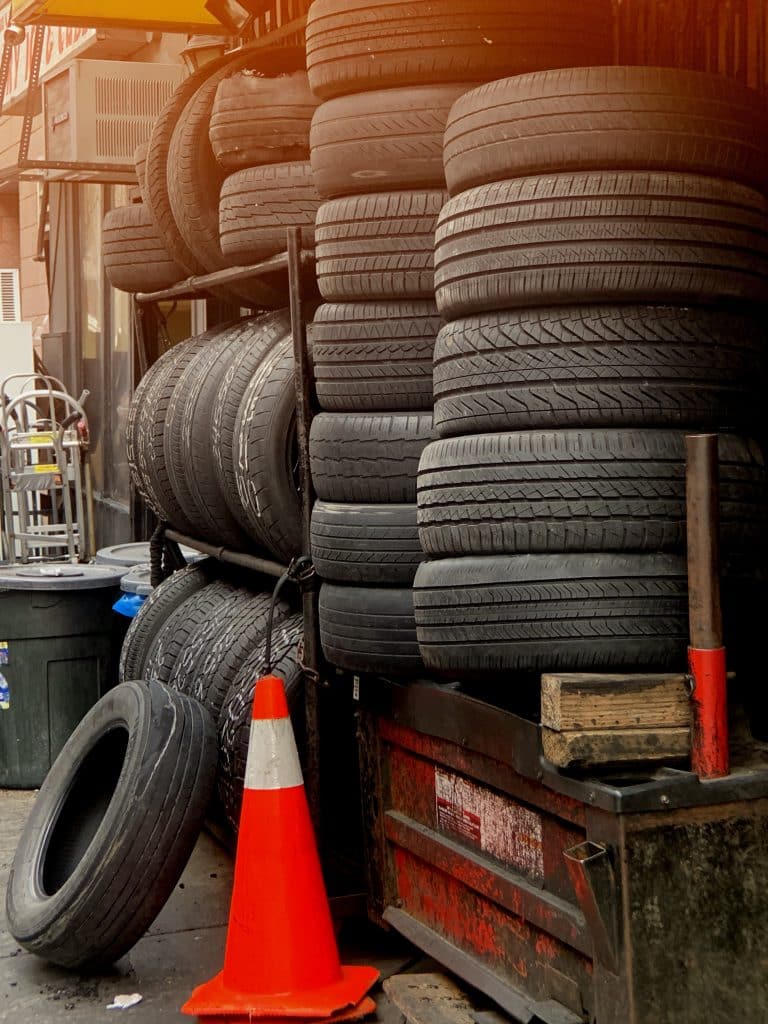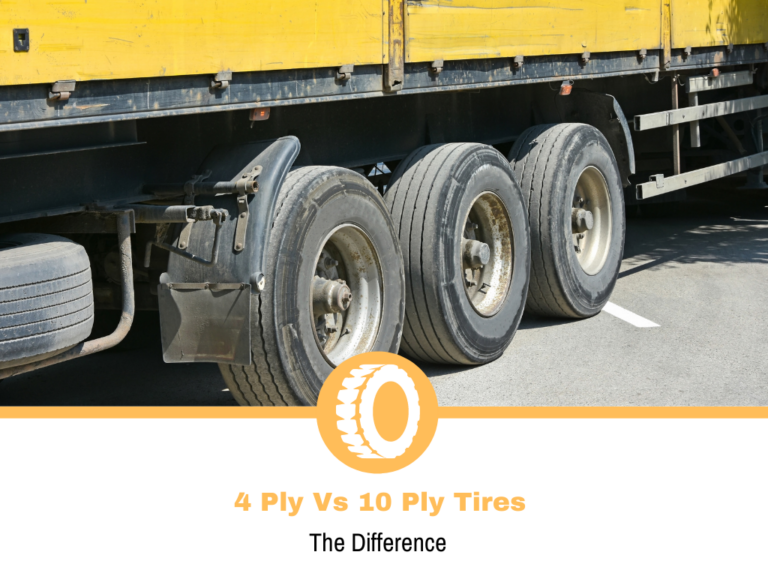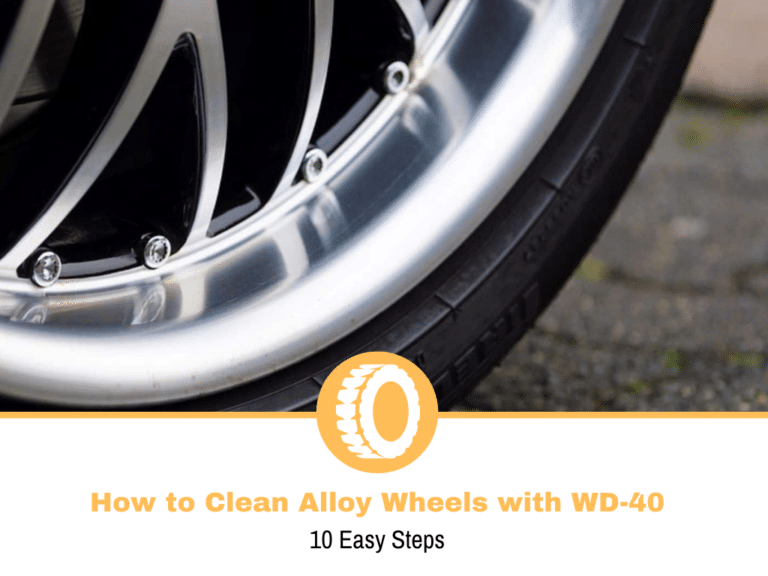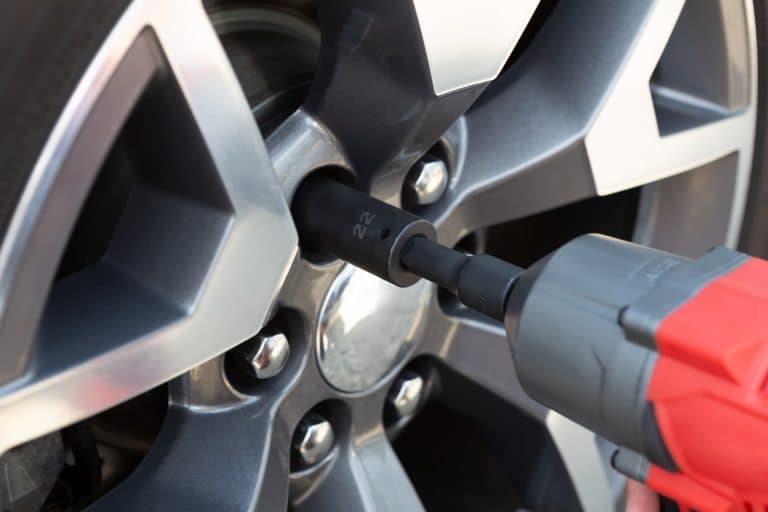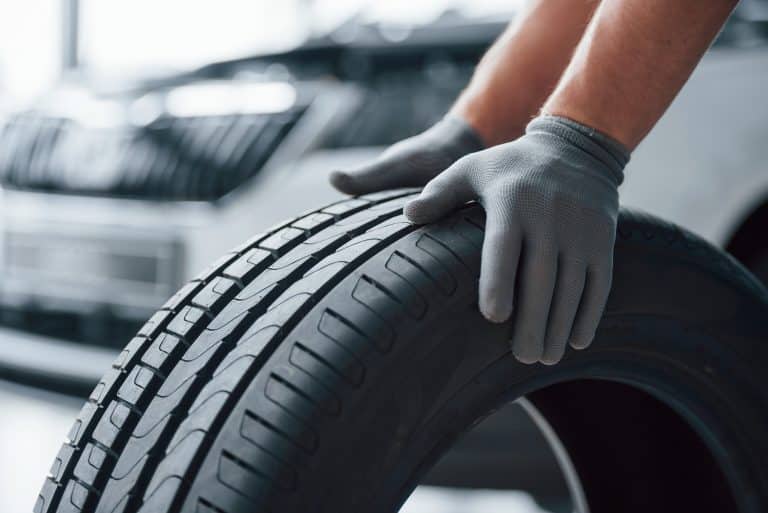Will Oversized Tires Affect Transmission?
Bigger is better as the saying goes, but does this hold true to tire size? As far as looks go, it does hold true. Bigger tires especially on trucks and SUV’s makes the vehicle look intimidating and impressive. Bigger tires have practical applications as well. If you like off-roading as I do, then you know bigger tires afford you greater perches, allowing you to climb to new heights.
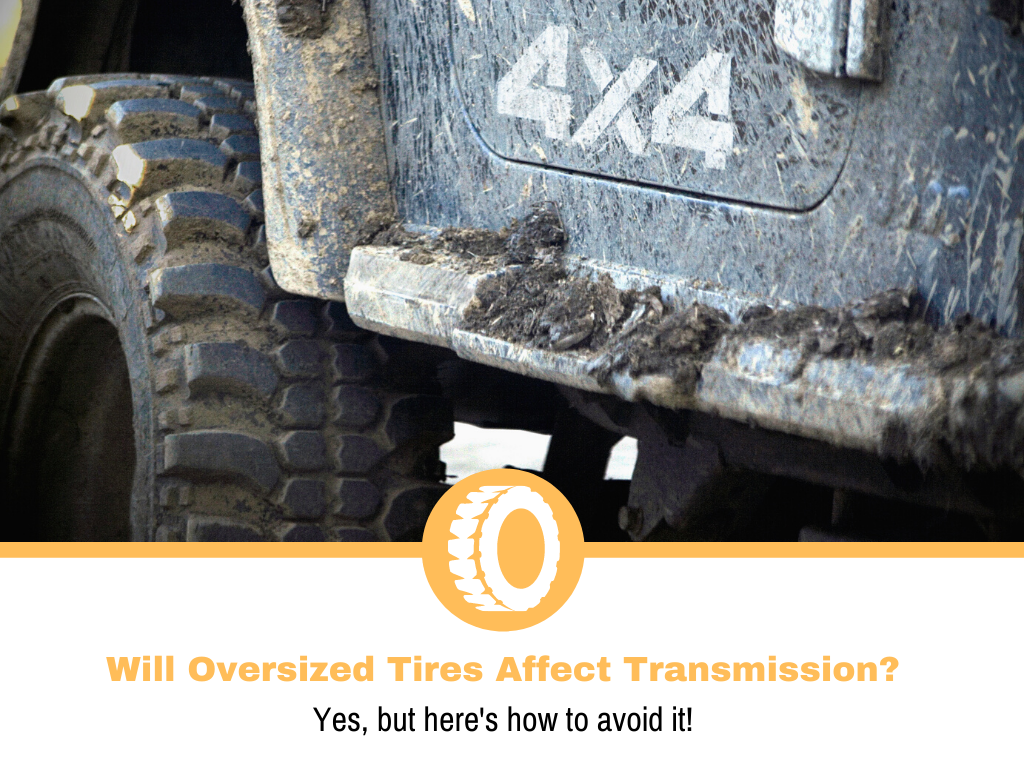
Unfortunately, oversized tires can affect your transmission. The main issue that affects the transmission comes from a lower drive ratio. The bigger the tire the worse the ratio becomes. This issue can be overcome, however, by re-gearing the transmission along with the tire change.
Why Do Oversized Tires Affect Your Transmission?
The amount of torque needed to turn a wheel with a larger diameter is increased which adds additional load on your transmission past its normal operating range. Though this does not have an immediate consequence, the effect over time may lead to the destruction of the transmission. The way to overcome this issue is by re-gearing your vehicle in order to achieve the desired gear ratio.
What Is Gear Ratio?
The gear ratio refers to the number of teeth between the pinion gear and ring gear in a vehicle’s differential. The pinion gear which is connected to the transmission by way of the driveshaft has fewer teeth than the ring gear, which is connected to the wheels by way of the axle. The ratio is typically 3.42:1 which means that for every turn of the wheels, the pinion gear turns 3.42 times.
When the tire or wheel size is increased the gear ratio is thrown out. In order to remedy the situation, re-gearing is necessary.
Why Is Re-Gearing Important?
The Re-gearing is important when using oversized tires in three different aspects:
- Engine/Transmission stress
- Fuel Economy and Vehicle Performance
- Towing Capacity
Engine/Transmission stress
As previously mentioned, an incorrect gear ratio will damage the transmission over time because it works far harder than it was designed for. It’s like trying to hammer in a nail but the handle is too short, so you are forced to work harder to drive the nail through.
Fuel Economy and Vehicle Performance
Gear ratios were chosen by the engineers of your vehicle with the design of your vehicle’s engine, transmission, wheels, chassis, and overall performance in mind. Changing the size of the tires will affect the vehicle’s fuel economy and performance. Re-gearing will correct the effects the oversized tires have on the vehicle’s performance.
Towing Capacity
Re-gearing will indeed increase the towing capacity of a vehicle. Along with the increased traction and handling the bigger tires provide, the increased gear ratio will help deliver more power to the wheels.
What Gear Ratio Should I Use?
If you are buying the parts to re-gear your vehicle you probably want to know the gear ratio and what your new gear ratio should be. The easiest way to find your current gear ratio is to look it up online. If you are unable to find the gear ratio that way, some vehicles have the gear ratio in the VIN number.
Edmunds.com is a great tool you can use to make sense of your VIN number and find out what your default gear ratio is. Additionally, you could find what your current gear ratio is by counting your wheel rotations and your driveshaft rotations.
How Do I Determine Your Current Gear Ratio?
Step 1 – Jack and shift
Jack up the drive side of your vehicle and put it in neutral
Step 2 – Mark it up
Mark a wheel and the drive shaft with a felt tip pen and some tape in such a manner to determine location during rotation.
Step 3 – Rotate and count
Rotate the wheel ten times, making sure that the mark lines up perfectly. Count the number of times the driveshaft rotates as you turn the wheel over.
Step 4 – Calculate
Once you have the number of rotations of the driveshaft, say 17, times it by 2 (this is because there are two wheels), which comes out to 34. Now divide by 10 to get 3.4, which means your current gear ratio is 3.4:1
How Do I Determine What Your New Gear Ratio Should Be?
Now that you have calculated what your current gear ratio is, you can calculate what your new gear ratio should be. For this calculation, we need some basic algebra. We will use the equation XY=Z. The two numbers you will need are Y, or the 3.4 from our gear ratio, and Z, the size of the stock size tire you are using, say 30.2 inches.
With these numbers you can find X:
X 3.4 = 30.2
Finding X will come to 8.88. Now let take our equation again but instead replace X with 8.88 and Z with the new tire you wish to use, say 35-inch tires.
8.88 Y = 35
You will find that the new gear ratio should be 3.98. Rounding up is always advisable. There are also often charts provided online that can help you make the correct choice in gear ratio.
Can I Re-Gear My Own Vehicle and What Are the Costs?
Re-gearing can be tricky, messy, and time-consuming. It is recommended that you have the training to do this kind of job. Performing an improper installation can result in damage not only to the new gears but also the transmission.
The cost of re-gearing with parts included can be as high as $1,500 – $2,000, a big price tag for something you cannot see. However, this is far cheaper than a brand-new transmission, which makes it worth it at the end of the day.
Conclusion
If you do not re-gear your vehicle after getting new oversized tires, you run the risk of damaging your transmission. One last thing to note is that when you get your new set of tires you will need to recalibrate your speedometer and odometer. As long as you perform these changes you can safely oversize your tires and reap the rewards.
